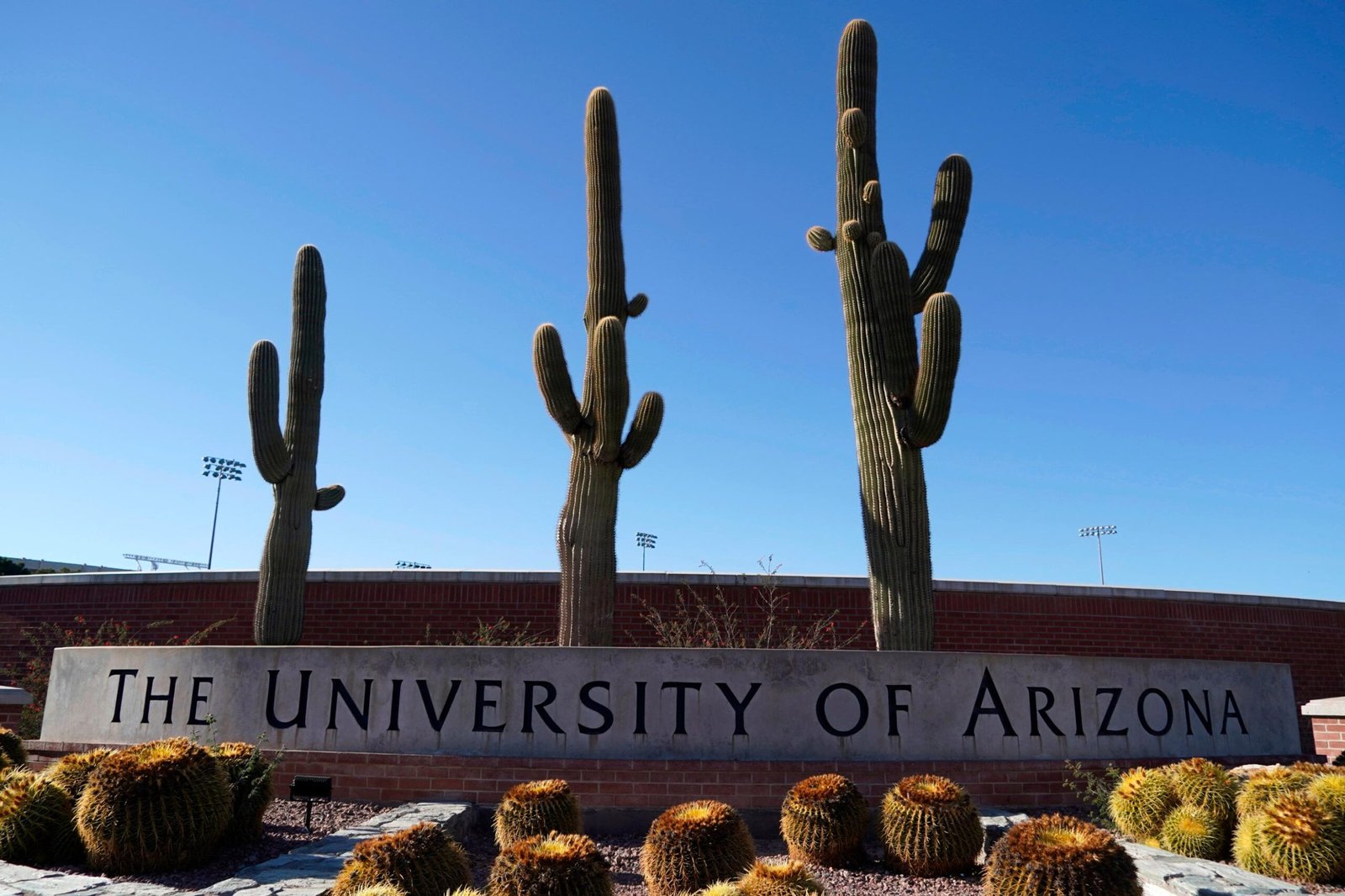
Still Work to Be Done: University of Arizona Students React to Ceasefire
The announcement of a ceasefire between Israel and Hamas has resonated across the United States, with reactions pouring in from various communities, including Tucson. At the University of Arizona, the news has sparked a wave of responses from students who have been deeply engaged in the issue.
“For many of us at the University of Arizona, this conflict feels personal,” said Ahmad Riyah, president of the Arizona chapter of Students for Justice in Palestine (SJP). The university’s diverse student body includes numerous Palestinian and Jewish students, making the conflict a significant topic of discussion and activism on campus.
Throughout the past year, students on both sides of the issue have voiced their opinions, sometimes leading to protests and heated debates. These demonstrations have occasionally escalated, resulting in police intervention. Notably, a protest in early May ended with the use of tear gas, drawing national attention to the campus.
Despite the tensions, students like Riyah emphasize the crucial role of universities in fostering political discourse. “Historically, universities have been arenas for challenging political discussions that push the country forward,” said Harlow Parkin, director of development for SJP.
With the ceasefire now in place, students from various perspectives are expressing their thoughts and hopes for the future. “I was shocked and happy,” said Joseph Lecayo, a member of Students Supporting Israel. Reflecting on the past 18 months, Lecayo acknowledged the difficult yet necessary conversations that have taken place in Tucson. “These discussions, though sometimes rough and even violent, are essential for creating a free and prosperous society,” he added.
Palestinian students, including Riyah, share a sense of cautious optimism. While the initial reaction to the ceasefire was one of relief, Riyah noted that it’s merely a starting point. “This is a first step. There is still so much more work to do,” he said, stressing the importance of reflecting on the conflict’s impact and using the ceasefire as an opportunity for further dialogue.
Riyah and his SJP peers are focusing on assessing the damage and raising awareness about the conflict’s consequences. “Now that we have this pause, it’s crucial to look back and understand the scale of destruction,” he said.
The question remains whether the ceasefire will lead to a cessation of protests on campuses like the University of Arizona. The future is uncertain, but students from both sides agree that the ceasefire offers a chance for more peaceful discussions. “Let’s explore opportunities for dialogue that weren’t previously possible due to the ongoing fighting,” Riyah suggested.
In summary, the ceasefire has been met with a mix of relief and cautious optimism among University of Arizona students. While it provides a moment of peace, both Jewish and Palestinian students recognize that significant challenges remain. The hope is that this development will pave the way for continued dialogue and a deeper understanding of the conflict, ensuring that the conversation stays at the forefront for constructive reasons.